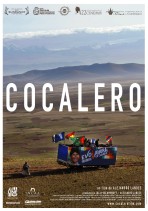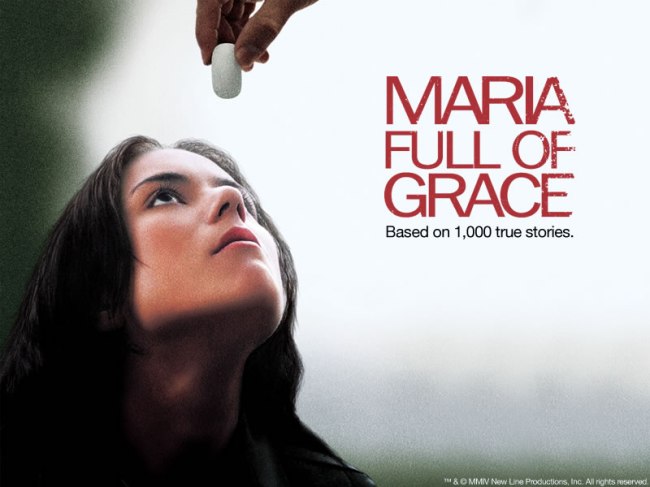Cocalero is a documentary from Brazilian-born director Alejandro Landes that chronicles the rise of Evo Morales to the Bolivian presidency. Morales is an indigenous Bolivian, and the first indigenous president of Bolivia (he claims). It is much more than that, however, and the film opens with a shot of women picking in the coca fields near the province from which Morales hails. Indeed, the undercurrents of the coca trade fuel not only the documentary, but (it seems) political life in Bolivia as well. There are many references in the film to the American “war on drugs,” and the toll that that “war” has taken on those who are portrayed as simple, hard-working farmers who grow the coca and claim no responsibility for what is done with it after it leaves their farms, claiming also that, used responsibly (chewed or drunk as tea), coca is perfectly healthy.
The film is shot with a shoulder camera in a manner that seems to mirror the 2005 campaign of the now-president, through rural areas and into Santa Cruz and back again. It is herky-jerky, as though the camera is meant to imply that the viewer is a character in the documentary, walking around with a birds-eye view into this exclusive day-to-day live of a Bolivian presidential candidate. We see Morales not only giving campaign speeches and glad-handing wealthy businessmen, but getting his hair cut, taking an impromptu swim in his home province of El Chapare, and playing ball with some local constituents.
But what is more interesting to me are the bits that Landes chooses to leave out, or only feature minimally. Says Neil Genzlinger of the New York Times: “pay close enough attention and you may end up a bit skeptical that you’re seeing the full Morales picture”. There is one point in the film where his status as good-old-boy-cum-national-populist-hero is called into question. A priest “relates that this populist-sounding movement maintains unity by tying those in need of discipline to a tree where they can be bitten by ants”. The movement Genzlinger refers to is MAS, the political party from which Morales arose, which is pro-coca, pro-nationalization of industry, pro-worker, and anti American intervention. The priest is given a voice for two-three minutes at maximum and recounts a story of one man being bitten by ants so long that he almost died. When asked about this practice, one of the leaders of the coca farmer’s union and the MAS candidate for legislature dismisses it, saying that those being disciplined are only subjected to the ant bites for several minutes, not nearly long enough to cause death.
“The Spanish Dilettante,” a blogger based out of Missouri, wants more as well:
Most of the film is either Morales in down moments… …or scenes of rural coca workers… …or his party’s political events with little to no context… …Why is he speaking to this group? What group is this? What are the politics here? It is really a shame, because the story of Evo Morales is an interesting one and he’s tightly connected to figures like Hugo Chavez and Fidel Castro. I’d like to know more.
Landes is clearly making a statement against the ways that Latino socialist leaders are portrayed in western media (Morales is briefly shown being chummy with Fidel Castro and Hugo Chavez, amongst others) and I tend to agree with his assertion that such leaders have been demonized unfairly. However, there is an ugly side to every political movement, and to leave it out is a gross, propagandistic misrepresentation. What’s worse, for me, is what Landes did. He gave minor voice to one critical view, and then immediately reverted back to the MAS party to explain their practices in a way that makes the priest seem like an overly religious crackpot.
If the Morales regime behaves anything like Landes in his portrayal of them, they will proffer the illusion of freedom of speech/opinion, but will propagandistically sweep those voices critical of them under the rug. I sincerely hope that is not the case, as Morales’s plan of anti-interventionism and moderate socialization seems to be a good direction for that country to head.
J. Graber





